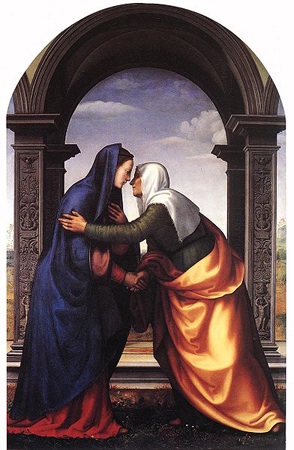
- LATE MEDIEVAL MANUSCRIPTS BOOK OF HOURS HOW TO
- LATE MEDIEVAL MANUSCRIPTS BOOK OF HOURS ARCHIVE
- LATE MEDIEVAL MANUSCRIPTS BOOK OF HOURS SERIES
- LATE MEDIEVAL MANUSCRIPTS BOOK OF HOURS FREE
Putting it Together: Looking at Manuscripts
Microscopic analysis of the artistic details and construction of the Lindisfarne Gospels (at the British Library's Collection Care blog). .jpg)
Different kinds of green pigment used in medieval and Renaissance art (including manuscripts) (at the British Library's Collection Care blog).Determining the kind of parchment used in a manuscript (video) at the Schoenberg Institute for Manuscript Studies at the University of Pennsylvania.
LATE MEDIEVAL MANUSCRIPTS BOOK OF HOURS HOW TO
A TEDx video on the kissing - and resulting destruction - of medieval religious books (and how to quantify that physical use). Those of you fascinated by codicological minutae and the processes through which scholars work with manuscripts' materiality may find the following links and videos of interest: The modern book artist behind Bygone Arts has a whole YouTube channel with videos that show modern book artists working with medieval bookmaking techniques. The six "If Books Could Talk" videos (cc) from the University of Iowa deal with questions of provenance (where they came from and how they got to their modern homes), missing pages in books, how to interpret single leaves, why size matters, more with information gleaned from single leaves, and the difference between medieval and modern Bibles. The Video Orientations to Penn Manuscripts on the YouTube channel of the Schoenberg Institute (at the University of Pennsylvania) give you a fun, quick look at the insides of many of their medieval manuscripts.  " Medieval Garbage in Leiden University Library" (video) - on the use of scrap parchment to make books. Erik Kwakkel also has a useful blog post on the architecture of complex manuscript page layouts.
" Medieval Garbage in Leiden University Library" (video) - on the use of scrap parchment to make books. Erik Kwakkel also has a useful blog post on the architecture of complex manuscript page layouts. 
codicology), one on medieval scripts, one on listening to the page of a manuscript.
Three videos (cc) with the superstar scholar Erik Kwakkel illustrating how to derive meaning from a manuscript: one on the form of manuscripts (incl. LATE MEDIEVAL MANUSCRIPTS BOOK OF HOURS SERIES
This series of YouTube videos, put together by a contemporary calligrapher who does manuscript reproduction, also walk you through the process of making a manuscript (starting with prepared parchment). This Stanford online exhibit walks you through the process of making a manuscript. The British Library has also provided a series of seven videos on the material processes of making a manuscript, from making the quills through gilding. The Getty Museum has provided three videos (cc) ( first, on the structure of a manuscript second, third on the process of making a manuscript) that cover the process from slightly different angles. This BBC2 video walks you through the modern production of parchment, which is effectively the same as the medieval production process. The British Library's Medieval Manuscripts blog has a wonderful rough guide to making a manuscript. Here are some websites and videos that will, er, illuminate this process: The complex and multistaged production process bears on both how manuscripts were read and consumed, and how they are described and studied today (called "codicology"). The Basics: CodicologyĪny introduction to medieval manuscripts needs to begin with an understanding of how manuscripts were made. LATE MEDIEVAL MANUSCRIPTS BOOK OF HOURS ARCHIVE
Although there are field standards for manuscript descriptions, every archive interprets them slightly differently, so be patient with yourself when moving from one catalogue to the next. This blog post from Teaching the Codex breaks it down for you. Learning how to read a manuscript description - the technical synopsis of what a manuscript includes, when/where it was made, how it is constructed, etc - can also be a challenge. The British Library offers an extensive illustrated glossary, which I recommend for learning basic and more obscure terms.
LATE MEDIEVAL MANUSCRIPTS BOOK OF HOURS FREE
In addition to any handouts I provide in class, you can also access glossaries at the Medieval Manuscript Manual, another at the Free Library of Phildelphia's website (choose the "Manuscript Basics" tab), and another at the Auchinleck Manuscript website. One of the first hurdles to overcome in learning about into medieval manuscripts is the specialized language you need to talk about them. The increasing sophistication, however, of digital technologies is making it easier to learn about manuscripts and examine them in detail.Below, I've gathered useful introductory resources to accompany the readings I assign in manuscript units. The study of medieval manuscripts and early book culture is massive and specialized.


.jpg)




 0 kommentar(er)
0 kommentar(er)
